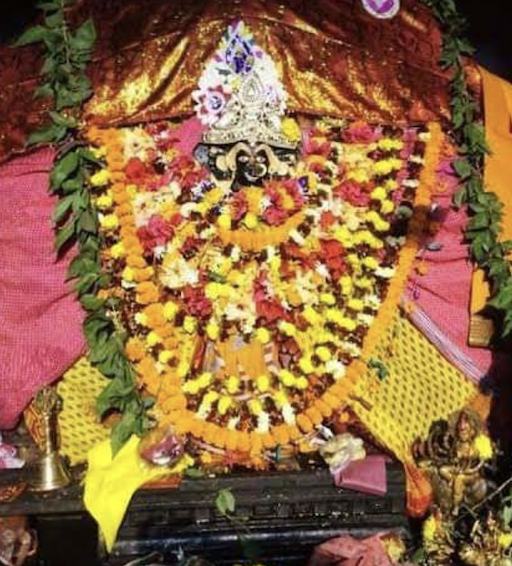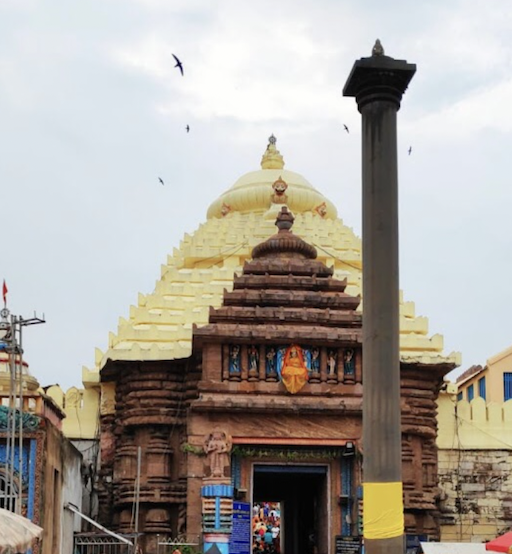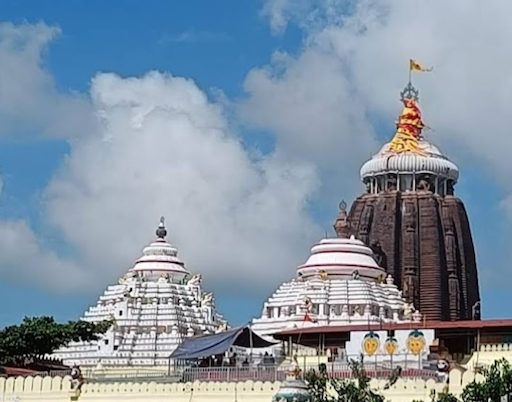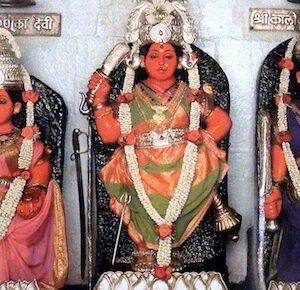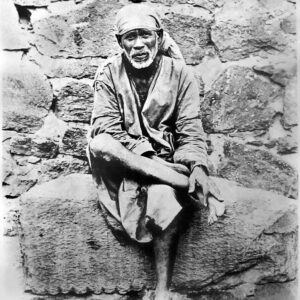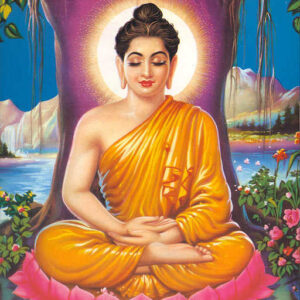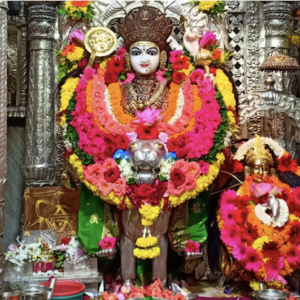This is a consecrated temple of Shri Vimala Shaktipeeth.
There is a place to sit and meditate. You can go into meditative states here effortlessly.
How to Get there
The temple is 2.1 kms West of Puri Bus Stand.
Map: https://maps.app.goo.gl/zY9RX3DyZMmah9h2A
About Vimala Shaktipeeth
The Vimala Temple or Bimala Temple is a Hindu temple dedicated to goddess Vimala or Bimala (ବିମଳା), located within the Jagannath Temple complex in Puri in the Indian state of Odisha. It is generally regarded as a Shakti Pitha, among the holiest temples dedicated to the Hindu Goddess.
The temple is located in the south-west corner of the inner enclosure of the Jagannath temple complex and on the western corner of the tower of Jagannath, next to the sacred pond Rohini kunda. The temple faces east and is built of sandstone and laterite. It is built in the Deula style with four components; vimana (structure containing the sanctum), jagamohana (assembly hall), nata-mandapa (festival hall) and bhoga-mandapa (hall of offerings). The temple was renovated around 2005 and is maintained by the Archaeological Survey of India, Bhubaneswar Circle.
Though a small shrine in the temple complex, the Vimala temple is important to the Goddess-oriented Shakta and Tantric worshippers, who revere it even more than the main Jagannath shrine. Vimala is considered to be the Tantric consort of Jagannath and a guardian of the temple complex. Devotees pay respect to Vimala before worshipping Jagannath in the main temple. Food offered to Jagannath does not get sanctified as Mahaprasad until it is also offered to Vimala. The Goddess-oriented festival of Durga Puja in the Hindu month of Ashvin (October) is celebrated for sixteen days at Vimala, culminating with Vijayadashami.
History[edit]
The central icon of Vimala is of sixth century CE.[1] The present structure, based on its architecture, seems to have been built in the ninth century under the Eastern Ganga dynasty, possibly over ruins of an earlier temple.[1][2] Its architecture is similar to the shrine of Narasimha near the Mukti-mandapa (a temple hall) in the Jagannath temple complex, dated to the ninth century.[1] The Madala Panji states that the temple was constructed by Yayati Keshari, a ruler of Somavashi Dynasty of South Kosala. Kings Yayati I (c. 922–955) and Yayati II (c. 1025–1040) are known by the title Yayati Keshari. The sculptures, especially the parshvadevatas (attendant deities), as well as the background slab of the central icon, reflect the Somavashi style and may be part of the original temple, on whose ruins the new temple was constructed. Vimala is believed to have preceded even the central Jagannath shrine.[2]
Hindu philosopher and saint Adi Shankara (c. 8th century) is believed to have established Govardhana matha in Puri, with Vimala as its presiding goddess. According to Starza (author of The Jagannatha Temple at Puri), the Jagannath Temple was once a centre of worship for the Trimurti of Brahma, Vishnu and Shiva, along with their consorts and the three central forms of the Hindu Goddess, Sarasvati, Lakshmi and Parvati (in the form of Vimala).[3] The Shri Vidya sect devoted to Goddess worship was strong here until the 17th century. Slowly, Shri Vidya and Shiva-centric Shaiva traditions were eroded but remnants continue, with the Vishnu-centric Vaishnavism becoming the sole tradition. The Tantric Panchamakara, which includes fish, meat, liquor, parched grain and ritual intercourse, were replaced with vegetarian offerings and dance of Devdasis. Fish was caught locally and offered to the goddess.[4] King Narasimhadeva, who ruled between 1623 and 1647, ended the meat and fish offerings of the goddess,[3] although the tradition was later partly revitalized. Today, the goddess is offered meat and fish on special days.[1]
